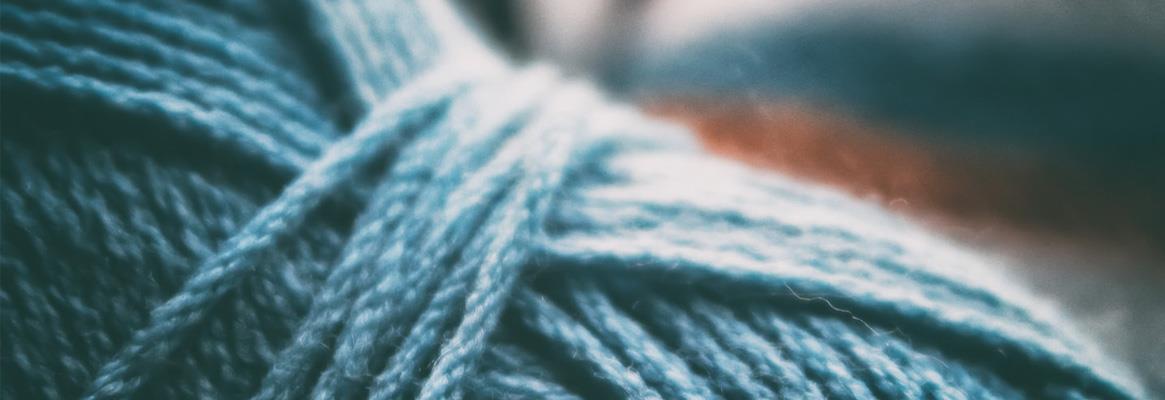The Billie System is a new kind of technology that is streamlining the recycling of textiles. It is environmentally-friendly, and cost-effective; making it the perfect solution for many brands.
Textile waste is one of the largest crises facing society today. According to the Environmental Protection Agency, more than 15 million tons of textile waste is collected each year (and, that amount has doubled over the last 20 years!). Of that 15 million tons, only 2.62 million was recycled, and 10.46 million tons were tossed into landfills. Fortunately, many clothing brands have woken up to the problem at hand and have made strides in ensuring unused clothing and textiles are recycled. However, just how that fabric is being recycled is unknown. One company, Novetex Textiles Unlimited, is focused on changing that lack of transparency by working with brands to recycle unused/used materials through their newest invention: The Billie System.

What is the Billie System?
Developed by Novetex Textiles Limited, The Billie System is a new patented system that uses no water and is almost entirely automated, that helps companies revive excess inventory, unused raw materials, and/or textile waste. In addition, this technology produces no chemical waste.
How does it work?
The machines used in this process can process up to three tons of recycled fibres per day. These are the steps:
 1.Garments are purified using an ozone sanitisation system. The ozone is produced onsite, and then disposed into the air as oxygen.
1.Garments are purified using an ozone sanitisation system. The ozone is produced onsite, and then disposed into the air as oxygen.
2.Hardware is removed from recycled clothing by hand and fabrics are trimmed.
3.Trimmed fabrics are then sent to a camera system to be sorted into nine color ranges.
4.Colour-sorted swatches are transferred by an Automatic Guide Vehicle to the mechanical recycling process, which breaks the fabrics down into fibres.
5.Fibres go through two stages of UV light sanitisation.
6.The 100 percent recycled fibres are processed into slivers, which can then be used to make yarn.
Why it is Better
The most commonly used method of textile recycling is fibre conversion. Let's break it down, and maybe you will see just how much better The Billie System is:
 Fibre Conversion
Fibre Conversion
During fibre conversion, textiles are fed through an industrial-sized shredder (which, undoubtedly, uses a tremendous amount of energy) to then create a blend of old and new fibres. However, the end result is not even guaranteed to be used in the production of new clothing. In fact, a majority of this converted fabric is used to make carpet or paper products because it is not durable enough to be turned into apparel.
Brands Who Should Get on Board
Several brands should consider utilising The Billie System in their operations, but these are just a few that could easily implement the technology in their supply chain.
J.Crew
J.Crew states on their website that when it comes to their day-to-day operations, they aim to make as little impact on the environment as possible. The brand recently participated in a denim recycling program; teaming up with Habitat for Humanity to turn used denim into housing insulation. However, we feel the company and its customer base could take things one step further and team up with The Billie System to make all of their clothing from recycled materials.
Reformation
Reformation has made great strides in reporting on the environmental impact of their clothing, by including information such as water use and carbon dioxide emissions in the description of their products. In their 2019-2023 Sustainability Framework report, the company has highlighted their hopes to work directly with textile mills and suppliers on chemical management and wastewater quality. What better partner to have in these efforts than The Billie System?
Zara
Zara has made headlines recently for their pledge to make all of their apparel from sustainable materials, such as cotton, linen, and polyester, by the year 2025. It appears as though the brand has already started, as nearly 120 items in their online inventory are made from recycled polyester, polyamide, and cotton. This is a great start, but imagine just how desirable the brand would be if all their clothing was made from recycled materials. This is a goal that could be met very easily with the help of Novetex's Billie System.
Conclusion
This technology is right at our fingertips, and we are at the cusp of a revolutionary time in textile innovation. So, what are we waiting for? More importantly, why isn't every major fashion retailer jumping at this incredible opportunity to reduce their environmental impact? In one fellow sweep, the industry's biggest names could boost their sustainability score. All it takes is an open mind, and a desire to give back to the planet. It really is that simple.
This article has not been edited by Fibre2Fashion staff and is re-published with permission from synzenbe.com







Comments